FRIDAY THE 13th (1980)
A group of camp counselors are stalked and murdered by an unknown assailant while trying to reopen a summer camp which was the site of a child's drowning and a grisly double murder years before.
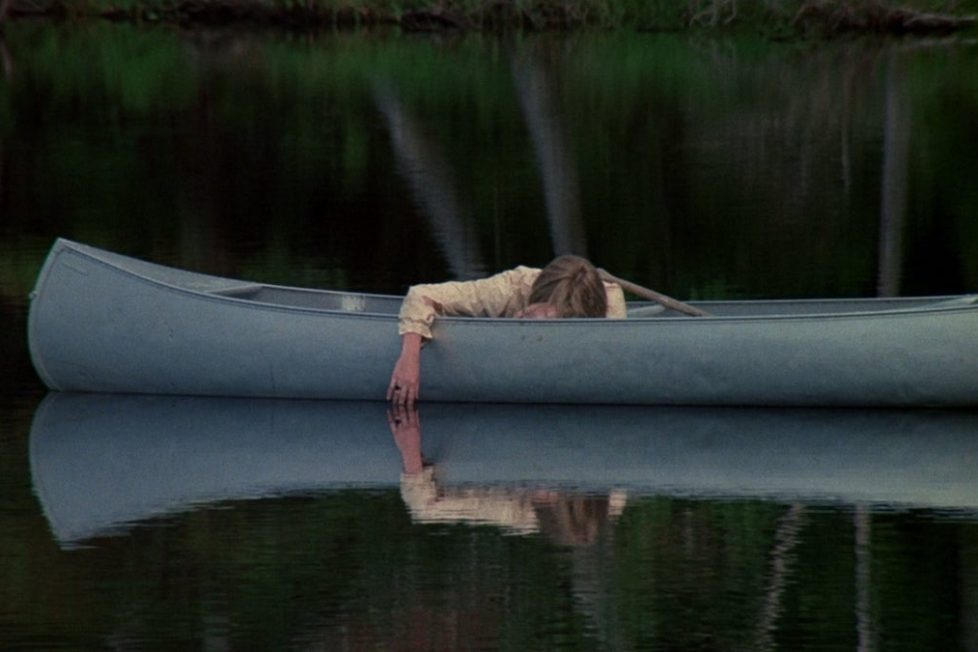
A group of camp counselors are stalked and murdered by an unknown assailant while trying to reopen a summer camp which was the site of a child's drowning and a grisly double murder years before.


‘The terror before the mask’ promises my Friday the 13th Blu-ray. After 11 sequels, a namesake TV series, and even a video game, it doesn’t even matter if people haven’t seen these movies… they know that hockey mask belongs to Jason Voorhees. Back in 1980, a group of young counsellors arrive at Camp Crystal Lake to prepare for its reopening, only for an unseen killer to pick them off one by one, leading Alice (Adrienne King) to realise one spooky campfire tale is more real than the others. The disconnect with this plot summary and Friday‘s impact on popular culture is how this killer isn’t Jason. He became synonymous with the brand and the focus of all the marketing today, but I can’t help feeling his famous hockey mask rudely overshadows the original’s own villain.
The shock ending to Friday the 13th is no secret, as anyone who’s seen Scream (1996) will know the abridged version. This film is momma Voorhees’ time in the limelight and her boy Jason doesn’t take over the bloodletting until Steve Miner’s sequel in ’82. In appreciating where things began 40 years ago, I consider how much lasting impact the original had on this long-running franchise and, perhaps more controversially, question if we’d even revere Friday the 13th today without its mixed bag of sequels and the 2009 remake.
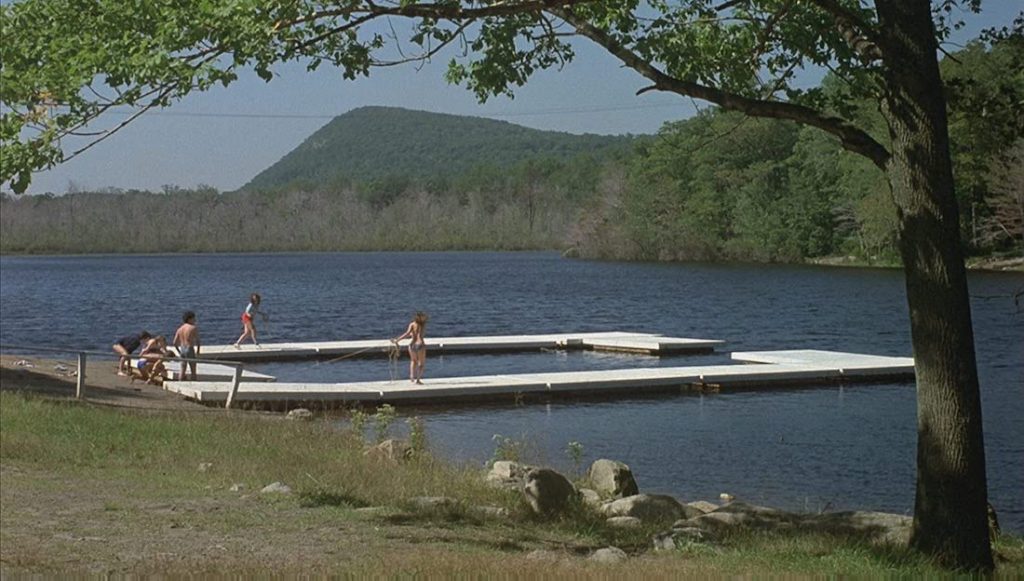
Before cementing ‘sex=death’ in horror, Sean S. Cunningham was making sex education films while dreaming of going legitimate. Needing an editor for his adult film Together (1971), he hired an English teacher with similar aspirations called Wes Craven. Cunningham would soon produce Craven’s own debut The Last House on the Left (1972) and, while it was a success, it also labelled them sickos thanks to its intense and graphic scenes.
Cunningham sought to distance himself with several family-friendly comedies until John Carpenter’s Halloween (1978) not only became a huge hit with audiences but was well-received by critics. Invigorated, Cunningham placed an ad in Variety promising “the most terrifying film ever made”… a promotional boast so wild that Paramount won a bidding war and sunk $500,000 into a project that was only a title in an advert! Screenwriter Victor Miller was only beginning to draft Friday the 13th when all this was going down!
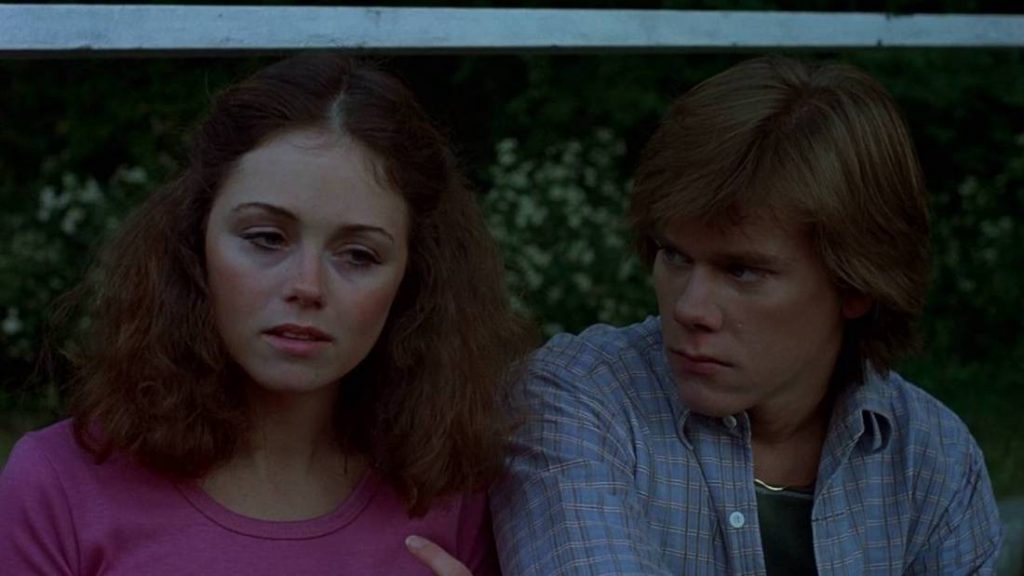
From sex education and English classes to soap operas, Friday the 13th has unlikely origins. Miller was known for writing soaps like Guiding Light, One Life to Give, and All My Children, so when it came to inventing a horror story he wrote what he knew: melodrama. A serial killer mother is what initially set Friday the 13th apart from later movie monsters like Freddy Krueger, Michael Myers, and even her own son. Pamela Voorhees (Betsy Palmer) is a unique antagonist for the slasher genre; a woman caught in a delusion that she’s avenging the drowning of her child by irresponsible teens, so kills because of love. That’s something Jason would continue in his first few entries to greater success.
Academy Award-winner Estelle Parsons declined the part of Mrs Voorhees to begin with, as her agent was trouble over what kind of established actress would ever play such a character. The kind that needs a new car, perhaps! Already a Broadway star of light-hearted fare like The Tin Star (1957) and It Happened to Jane (1959), Betsy Palmer described the film as “a piece of shit” but committed to the part and came to accept the fame it brought her. She even welcomed a return to the role in Freddy vs Jason (2003) but declined after being offered a paltry sum for her participation.
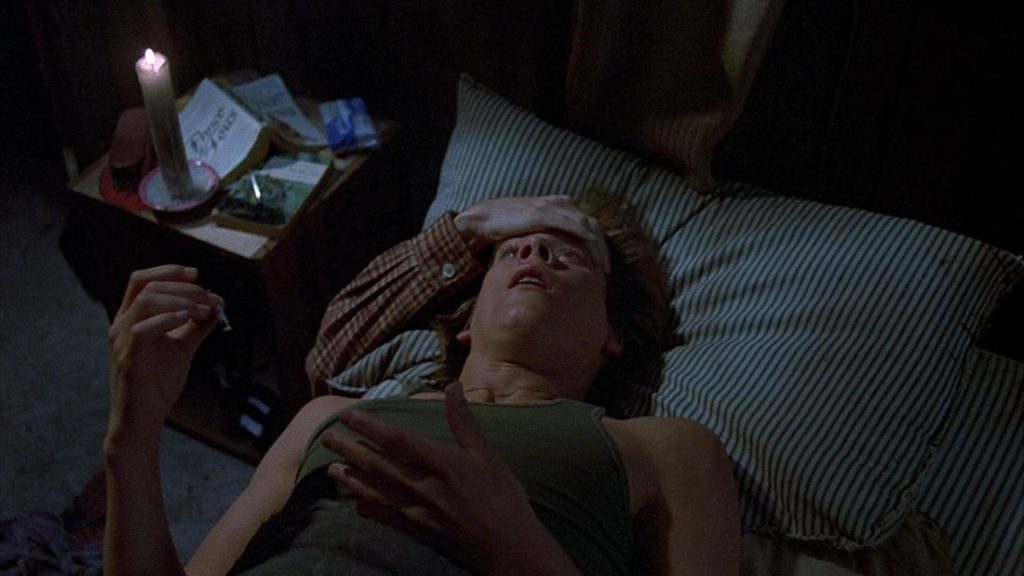
The main cast delivers fun and believable performances with authentic youthful dialogue from Miller, and all credit to Adrienne King who contradicts the virginal ‘Final Girl’ tropes by experiencing drugs, sex, and alcohol and still managed to live. And yes, Kevin Bacon appears before he was famous too. But the villain, Pamela Voorhees, only appears at the end and chews the scenery with a visceral theatricality. Masses of exposition fills one monologue and Betsy Palmer goes from intense to endearing to terrifying with great speed, unloading years of tortured insanity on poor Alice with the same force of her face-slaps (King was not ready for Palmer to physically hit her and was later informed that theatre and film stars do things differently…)
Pamela Voorhees is a tour de force in wickedness but even during her own film she’s overshadowed; Jason was in the movie but writer Victor Miller wasn’t happy about it. His original script ended as Alice overcomes Pamela and simply floats out into the lake, but it was SFX master Tom Savini who thought Friday the 13th needed a final unexpected jump-scare in the style of Carrie (1976), and so the half-rotten ‘zombie/ghost’ of Jason bursts from the water and into the franchise. As memorable as this nightmarish ending is, it did set the standard for the many sequels barely connecting to the original story. People are still confused on whether this was Jason despite him being in his thirties by 1980… and where was Jason this entire time if he somehow survived? Did he never go back to his mother? Perhaps Miller had a point about leaving him out of his story because it complicates things…
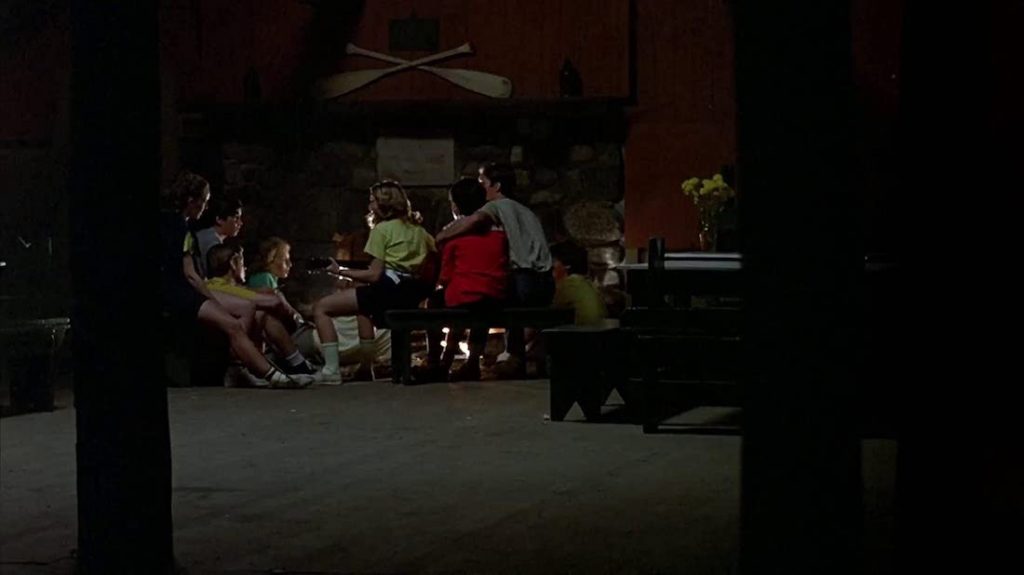
As a die-hard Friday fan, it seems almost sacrilege to scold the movie, but it’s difficult to ignore this film is basically inverse Pyscho (1960) meets Halloween with a last-second dash of Carrie. In my mind, Halloween isn’t cleverer than Friday the 13th and thanks to a decent cast and good cinematography, the film achieves a wonderful atmosphere from start to finish.
Paramount Pictures knew they had a hit and ploughed a further million into the film’s production, helping it gross almost $60M worldwide. Following in the footsteps of Halloween, Friday the 13th cemented the boom in low-budget horror that could generate huge profits, helped by how the growing home video market was demanding sequels.
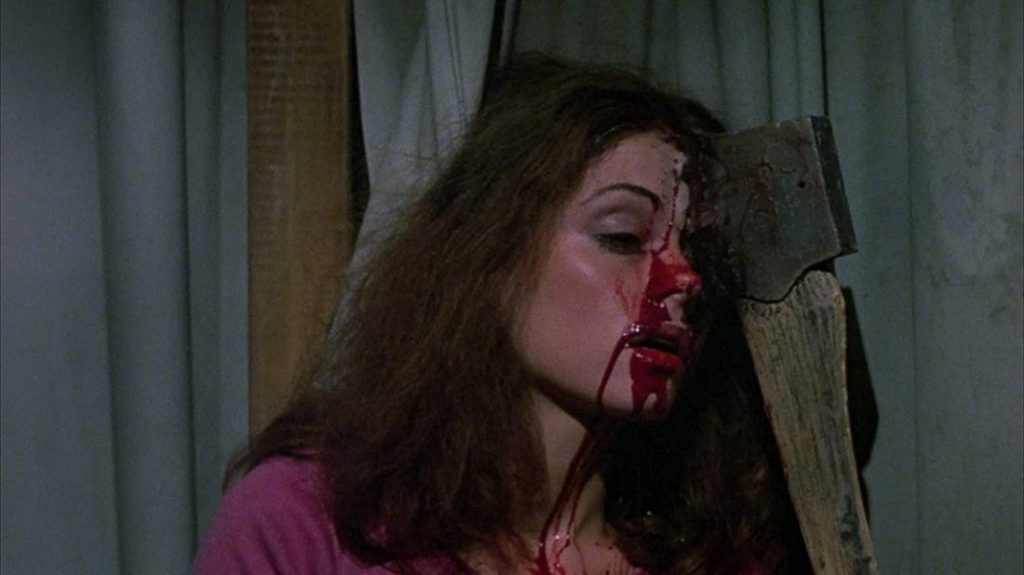
Friday the 13th achieved all this even with less glowing reviews than Halloween, but its detractors ignited a Streisand effect in rallying audiences into passionate fandoms that now defend its stupidest moments. Sneak Previews spent almost an entire episode decrying the emerging state of slashers, while Siskel and Ebert condemned Cunningham as “one of the most despicable creatures ever to infest the movie business”. They even spoiled the ending to deter viewings, and ‘doxxed’ Betsy Palmer to encourage hate mail to her home! (Luckily, Siskel publicised the wrong address and saved her the distress).
Here’s a question: would we have had the same franchise if Pamela’s little girl had drowned in Camp Crystal Lake? Sleepaway Camp (1983) may have involved a female slasher, but the male figure of Jason eclipsed that movie and its three sequels. Miller may have proven that a female role helps the success of a film, especially over similar campfire slashers like Madman (1981) and The Burning (1981), but it’s a shame Friday’s sequels phased out Pamela’s influence on her deformed boy, thus reducing him to a murder-machine with less motive than a Terminator.
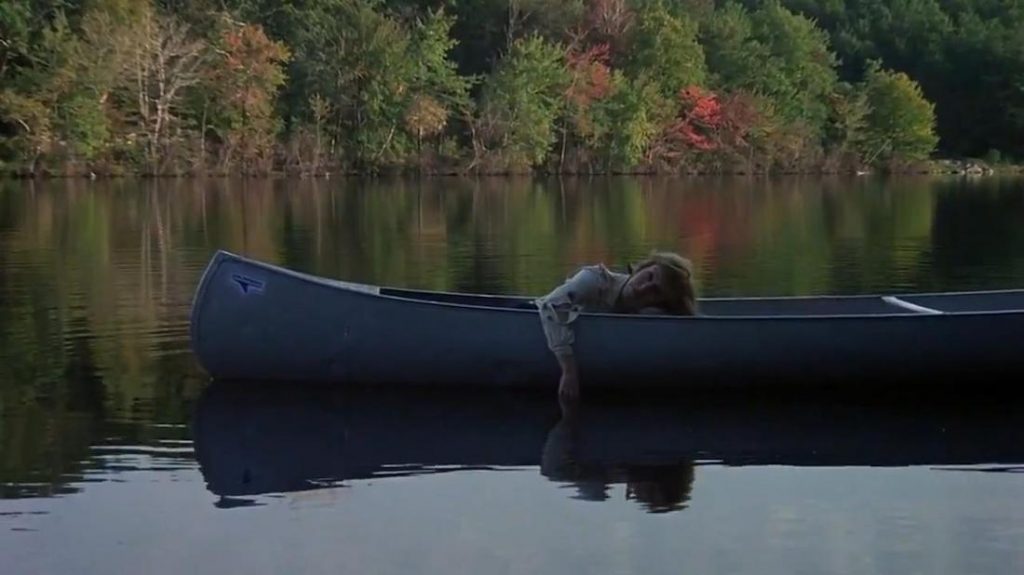
Film scholar Tony Williams views Friday the 13th, along with Tobe Hooper’s The Texas Chain Saw Massacre (1974), as “a particular apocalyptic vision moving from disclosing family contradictions to self-indulgent nihilism.” But aside from generational violence and inhumane families, the two are completely different in tone, with Hooper praised for the visceral texture of his craft opposed to the minimalistic direction of Cunningham. It’s the reason critics hated Friday because they noticed the formula before the sequels even began, but this is strangely why fans love them.
Slasher films are basically cinematic escape rooms where you place yourselves in the shoes of archetypes to see if ‘you’ make it out alive. Every Friday the 13th is a formula-made Big Mac; they all taste the same but some audiences have that adoration/addiction buried in them from the first magical bite. Sometimes the recipe is changed and people complain the old ways were the best, however, and even if Friday the 13th isn’t an academically praised piece of art it’s still the ‘classic’ original most other summer camp slashers are measured against.

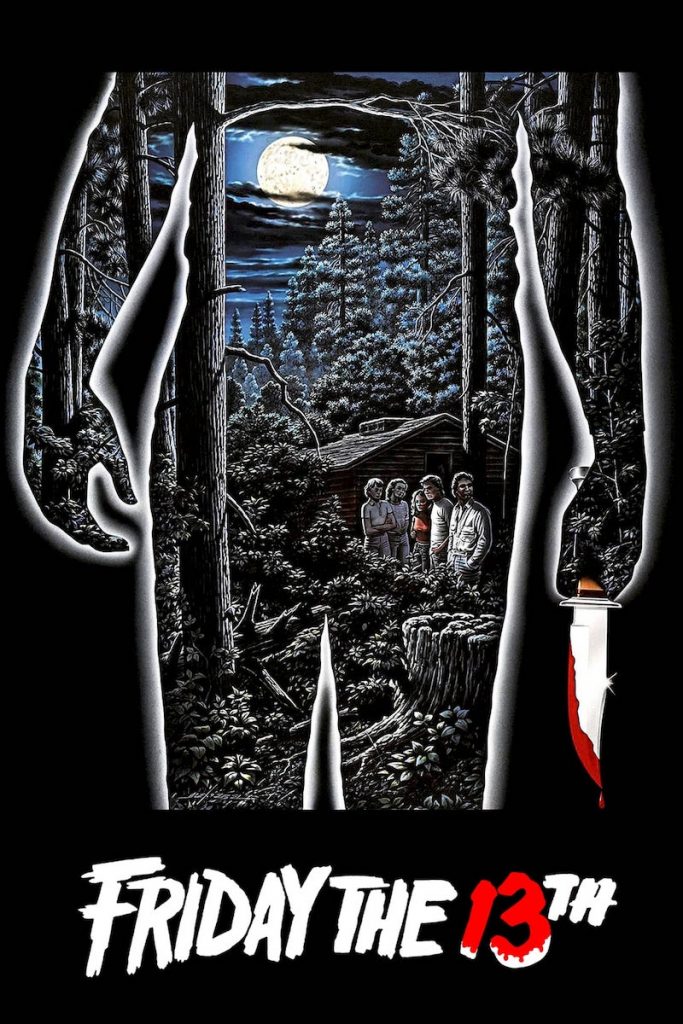
director: Sean S. Cunningham.
writer: Victor Miller.
starring: Betsy Palmer, Adrienne King, Harry Crosby, Laurie Bartram, Mark Nelson, Jeannine Taylor, Robbi Morgan & Kevin Bacon.
